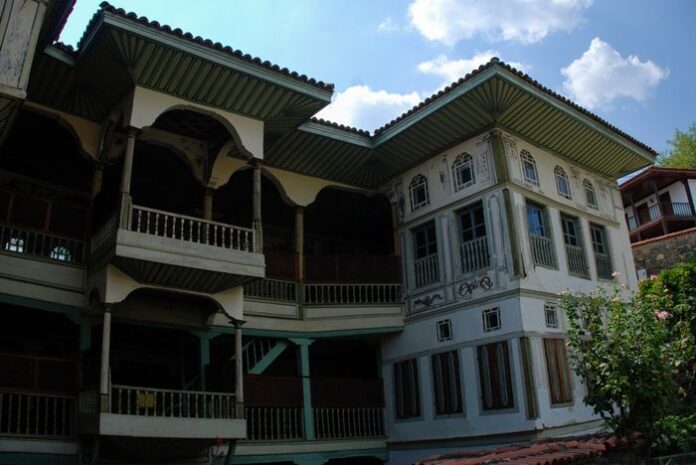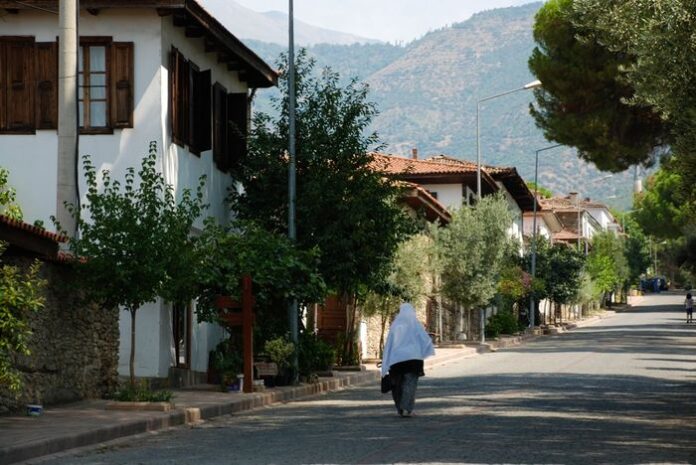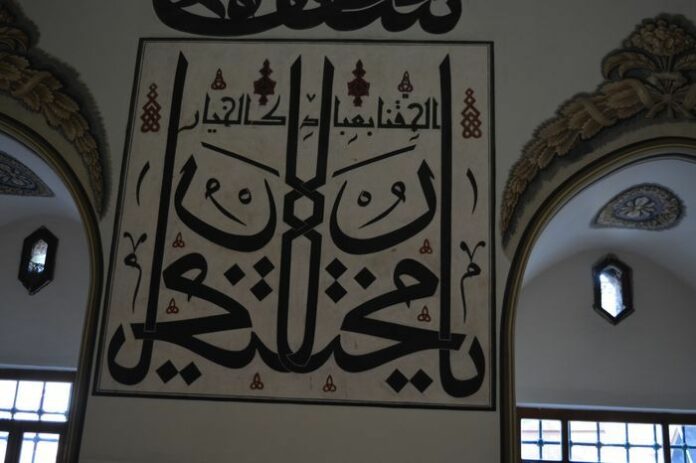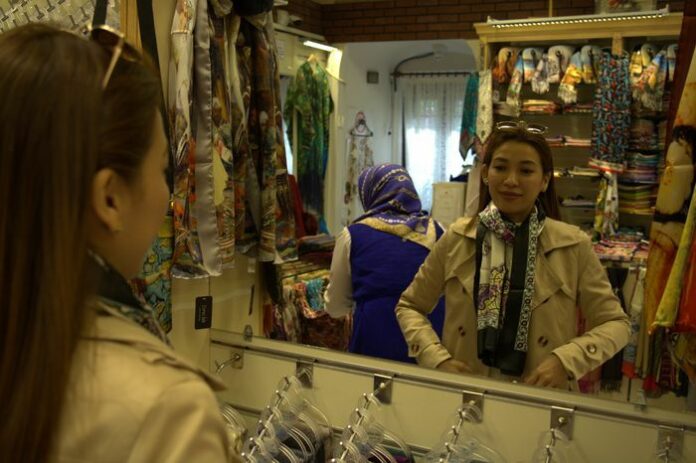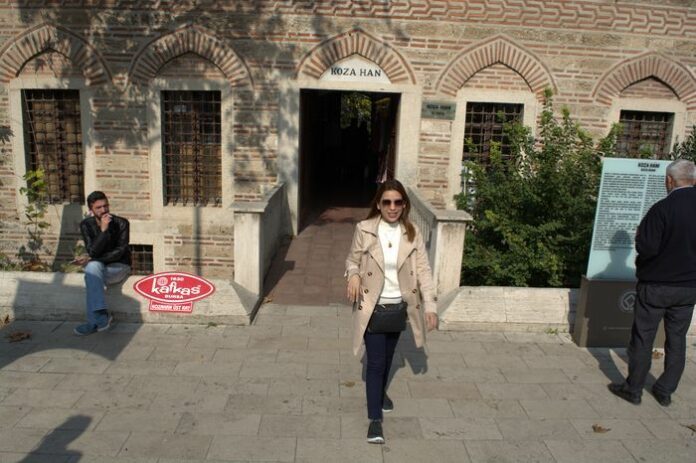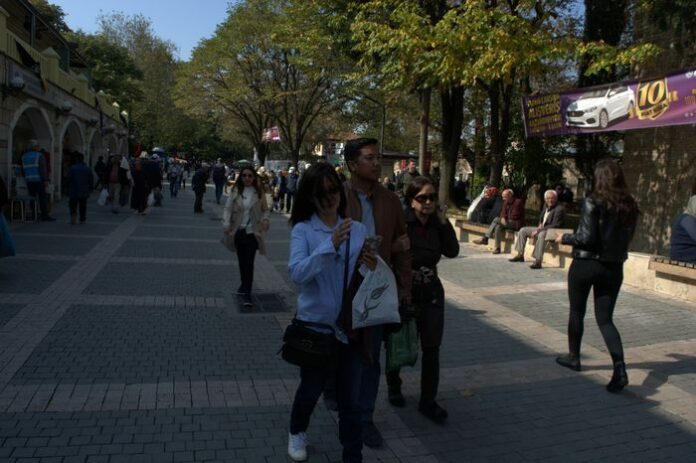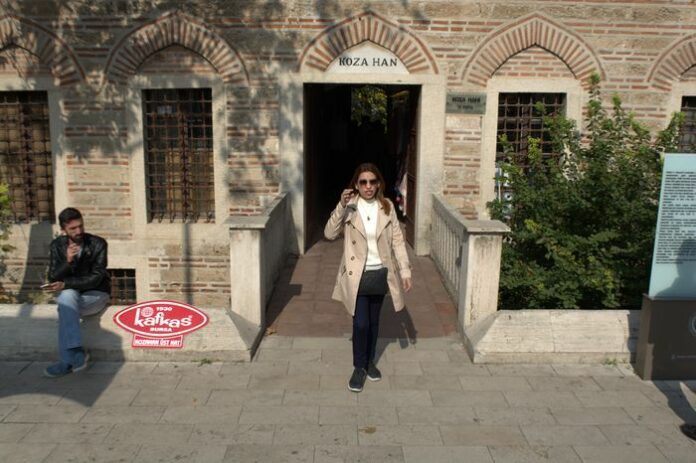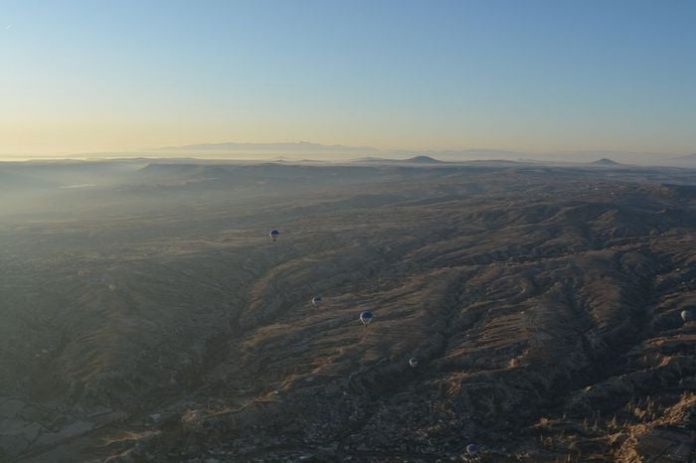For many years, people believed that the famous inscription on the Golden Gate (Porta Aurea) of Constantinople was lost or perhaps even legendary. However, old scholars like Sirmondi and Du Cange had already mentioned it in their writings. Sirmondi quoted it in his notes on the Roman poet Sidonius Apollinaris, comparing the spelling of “Theodosius” using a “V” instead of an “O” to fit poetic rhythm. This was similar to how the name appeared in the Golden Gate inscription.
How Did They Know About It?
Strangely, neither Sirmondi nor Du Cange had ever visited Constantinople. How they knew about this inscription is still unknown. Possibly, they read it from old manuscripts or learned about it from others who had seen it Ephesus Daily Tour.
For many years, no one could confirm the accuracy of the inscription, and no traveler after 1453 had clearly seen or recorded it on the gate itself—until something changed in the late 19th century.
A New Discovery in 1891
In 1891, Professor J. Strzygowski, a well-known art historian, was studying the central archway of the Golden Gate. He noticed unusual holes in the large stones called voussoirs on both the east and west faces of the arch. These holes looked very similar to those used to attach metal letters onto stone surfaces.
This led Professor Strzygowski to an exciting idea: maybe these holes had once held the metal inscription described by Sirmondi and Du Cange The Golden Gate!
Matching the Holes to the Inscription
Strzygowski decided to compare the pattern of holes on the arch with the shape and spacing of letters in the Latin inscription. Although some stones had been replaced and were missing holes, the comparison worked very well where the original stones remained.
The Full Inscription Confirmed
Thanks to this discovery, experts could now confirm that the Golden Gate really did have a Latin inscription in metal letters, probably made from gilded bronze. The inscription was split between the two sides of the gate:
On the western side, the words read “Haec loca Thevdosivs decorat post fata Tyranni”, (“These places Theodosius adorned after the death of the tyrant.”)
On the eastern side, it said “Avrea saecla gerit qui portam constrvit avro”, (“He rules a golden age, who built this gate of gold.”)
This discovery solved a centuries-old mystery and proved that the Golden Gate had once carried a grand imperial message in gold letters. Through careful observation and analysis, Professor Strzygowski gave modern historians clear evidence linking the surviving architecture to written historical records, bringing the legacy of Theodosius and the Golden Gate back to life.
